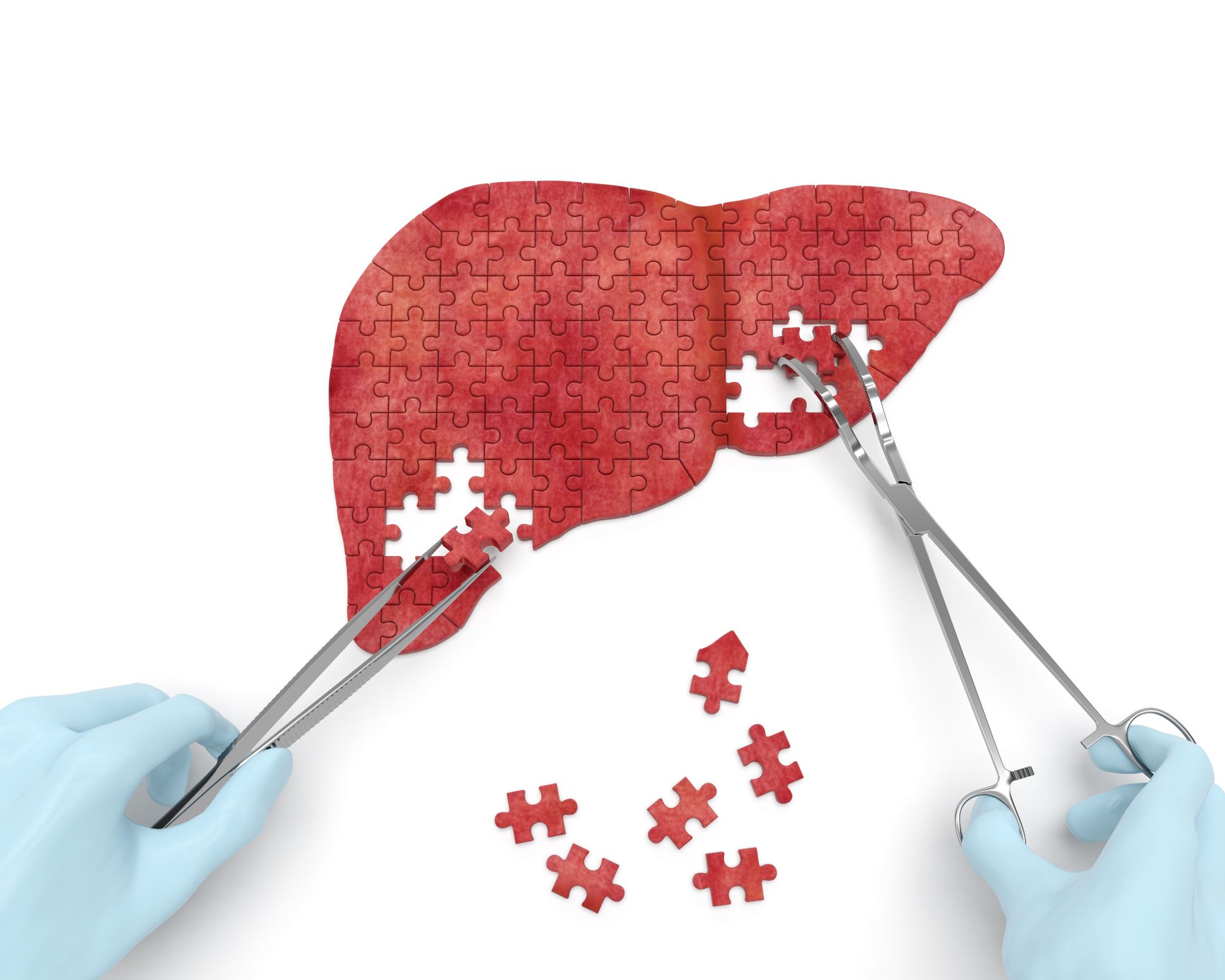The Treatment of Nonalcoholic Steatohepatitis
9 Questions with Dr. Robert Foster
By Jamie Bussin
On episode #170 of THE TONIC I had the pleasure of interviewing Dr. Robert Foster, Adjunct Professor of Pharmacy and Pharmaceutical Sciences at the University of Alberta and the developer of Cyclophilin and discoverer of Voclosporin about NASH. This is an excerpt of that interview. The full interview can be found at thetonic.ca
Why is it critical that we have optimal liver function? Liver function is critical to our life. It’s odd to me that the liver hasn’t received the amount of attention it deserves. The liver is important to cleaning up our blood supply, by removing toxins. If it isn’t functioning properly it can push us over into disease as well.
What is Nonalcoholic Steatohepatitis (NASH)? NASH is a really serious form of fatty liver disease. If you look at the global population 1 in 4 people has a fatty liver. 20% of the fatty liver patients are severe. If you put that into an American context – 17 Million of their citizens suffer from NASH. I would call it an epidemic.
Is NASH a lifestyle disease? People may come to that conclusion. Sometimes you may see obese people with a fatty liver, but there’s also “Lean NASH” – where people look healthy but the underlying disease is there. There are genetic factors. But lifestyle has a lot to do with it as well. If we consume a lot of sugar and fat, hang out at fast food restaurants, as well as a lack of exercise, those things can contribute to NASH.
What does NASH do to your body? If the disease is allowed to progress it can lead to cirrhosis of the liver or liver cancer. NASH may necessitate a liver transplant. If untreated, ultimately people will die. Right now, there is no regulatory approved treatment for NASH. Oftentimes there is scarring of the liver, but people can progress to more serious end results without symptomatology.
How do you diagnose NASH? Most people have no idea that they have a fatty liver. There are a lot of people working on non-invasive diagnostic tools. Typically what happens is that a patient feels lethargic. They go to their physician who orders blood work. They look at the liver panel – if there is indication that liver function is declining they’ll call for more tests -ultrasound, CT scans or even a fine needle biopsy to take a sample of tissue and that will tell you if you have a fatty liver and a progressed disease.
Is there any way to prevent or reverse NASH? The first thing that people want to do is have a proper diet and get proper exercise which is helpful to reducing incidences of fatty liver. Metabolic issues like Type 2 diabetes, and metabolic syndrome can contribute to NASH. So controlling blood sugar levels and blood pressure through other medications can help. By controlling the metabolic issues one can hopefully prevent the more serious outcomes like scarring of the liver.
Your company, Hepion, is working on a treatment that is effective against NASH, right? A lot of companies are working on NASH right now. That’s the good news. Most of those companies are driving treatments that focus on the metabolic side of the equation: Looking at triglycerides and hypertension – but most people are asymptomatic and don’t know that they have NASH, so those drugs aren’t as helpful as you might hope if the disease has already progressed. That’s where we come in. We have a molecule called CRV431. We’re trying to stop and reverse the laying down of the protein collagen that causes the fibrosis of the liver. We’re trying to reverse scarring of the liver.
How far along is Hepion in the research process? We’re in phase 2 clinical trials. Phase 1 is testing the drug in healthy adult volunteers to make sure that the drug is safe and well tolerated. At that point we can characterize the drug level in the blood and map out the time course of the drug. If the regulators are convinced that the drug is safe, you can then go to NASH patients in Phase 2. We have 2 different doses; a low dose and a high dose given to NASH patients to get an indication that the drug is able to reduce fibrosis.
How long will the clinical trials take and when do you hope to bring the drug to market? We’re hoping that we can wrap up the current trials by April of this year. But then we have to do a second phase 2. That will be a 2 year process. I anticipate that that will wrap up by mid-year 2023. And then we go on to a phase 3 which are large multicenter trials, with perhaps over 1000 patients. At that point we can apply to the regulators for approval of the drug for the public. We hope to apply for approval in 2026. And then it might take 6 months to a year to obtain approval. It is a long process, but a very worthwhile one.
Dr. Robert Foster is the CEO of Hepion Pharmaceuticals. For more information about him and the work that his company is doing, please visit hepionpharma.com




